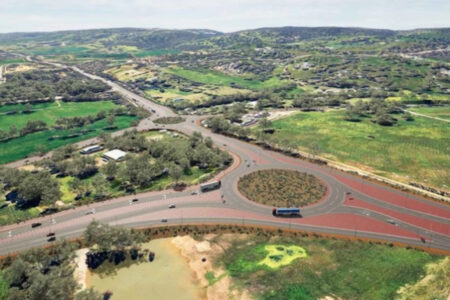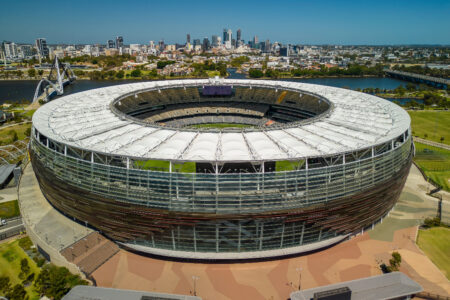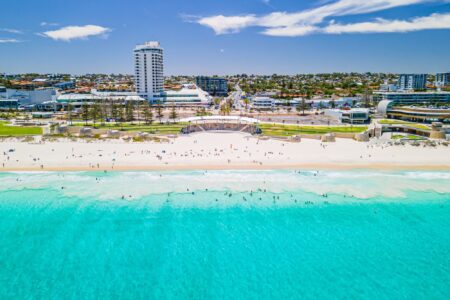WA surplus pumped up by iron ore
Booming iron ore prices driven by Chinese demand will swell Western Australia’s budget coffers by $2.3 billion over the next four years, pointing to a likely federal government windfall that would speed up budget repair and drive down record debt faster than anticipated.
Figures released by WA’s Department of Treasury on Monday show popular state Premier Mark McGowan will head to the polls on March 13 with a budget surplus of $3.1 billion this year, nearly $1 billion more than a forecast made in December. It leaves Mr McGowan as one of few cashed-up leaders on the planet.
The windfall has been fuelled by a resources sector that has not skipped a beat during the pandemic, rolling out testing of workers to keep COVID-19 out of WA’s lucrative mining operations. The state withstood calls early in the crisis from east coast premiers to shut the sector down and has managed border wars by relocating many east coast staff to WA.
That has left it in the box seat to reap the rewards of iron ore prices surging to a nine-year high in December. Despite easing this year, they remain 20 per cent higher than when WA Treasury was assessing the state’s fiscal outlook in November. Total royalties will hit $10.7 billion this year, up from $8.7 billion expected at the end of last year.
A thriving mining sector and – up until the beginning of the month – having no community transmission of COVID-19 for 10 months is underpinning the state’s economic strength. WA’s unemployment rate of 6.2 per cent is the lowest of all the states.
The iron ore boom has not just boosted iron ore royalties but is generating significant wealth for iron ore companies and their founders. The mining industry has already sought assurances from WA’s major political parties not to raise mining royalties over the next four years. Both major parties have told the industry they have no plans to lift mining taxes.
Employment growth has been revised up to 1.5 per cent compared with 1 per cent.
The stronger 2021 revenue outlook has been driven by a $2.1 billion bounce in iron ore royalty income, $224 million in taxation revenue, and $282 million from higher commonwealth grants. This income is offset by the government’s decision to defer interim dividends to larger corporations at a hit of $1.5 billion.
Source Link
Date Published February 8, 2021





